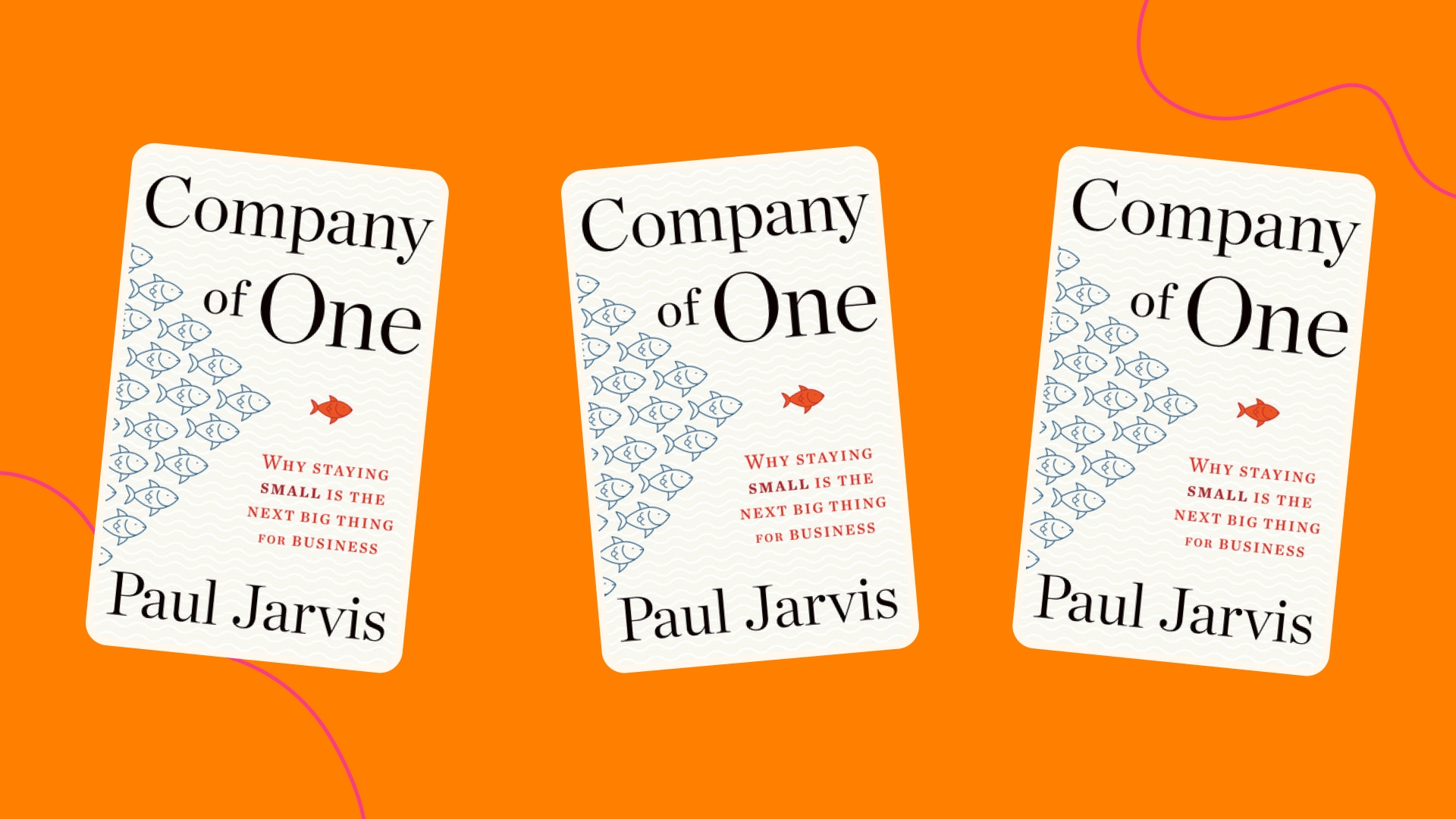During the 2008-2009 recession, the top 5 companies in the 1% for the Planet saw record sales years, while most other companies were losing money. In times of economic downturn, such as this, people spend less and do business with companies they respect and trust, while in a thriving economy, people gladly purchase products that align with their values. The end message Jarvis provides in relation to this example is that either way, having a purpose is a win for all companies (p. 78).
A key piece of advice offered by Jarvis is that if you do not feel your purpose, then no one else will. Defining one’s purpose has more to do with personal ethics and values, not marketing strategies or business plans (p. 80). The main premise of the advice offered within this book is derived from personal fulfillment. In this example, heightened personal enjoyment and satisfaction can be gained from running one’s business in alignment with their purpose. It is important to note that purpose is different than passion. Purpose is based on a company’s core set of values or business owners that are shared with their customers. Passion, on the other hand, as Jarvis describes it, is “simply a whim based on what we think we enjoy doing” (Jarvis, 2020, p. 81). Passion involves feelings, interests, and emotions that bring pleasure or joy to an individual. Purpose refers to one’s reason for existence, the explanation behind one’s actions, and the impact they have on others (Wilson, 2020).
Another standout quote from this chapter is, “Opportunities are just obligations wearing an appealing mask” (Jarvis, 2020, p. 87). Although this may come across as quite pessimistic, it also takes a hyper-realistic stance on certain situations. This concept connects to the idea of passion versus purpose in a sense because an opportunity arising and the excitement of it can lead one to want to seize the opportunity and do so fast. Emotions and excitement are in effect here and can hinder one’s ability to see their true purpose and how that can align with the following obligations.
Jarvis concludes this chapter with the following thought-provoking messages. The following has been retrieved directly from his book.
BEGIN TO THINK ABOUT
- The true pirpose of your business and whether it shows up in your actions (not just in your marketing material)
- What you are skilled at that is already in demand and where else that skill could be leveraged
- Where you could test your leap into something in a small way first
- How you could align your day/schedule to be focused on single-tasking (p. 92-93).
Click here to view all references for this post.

